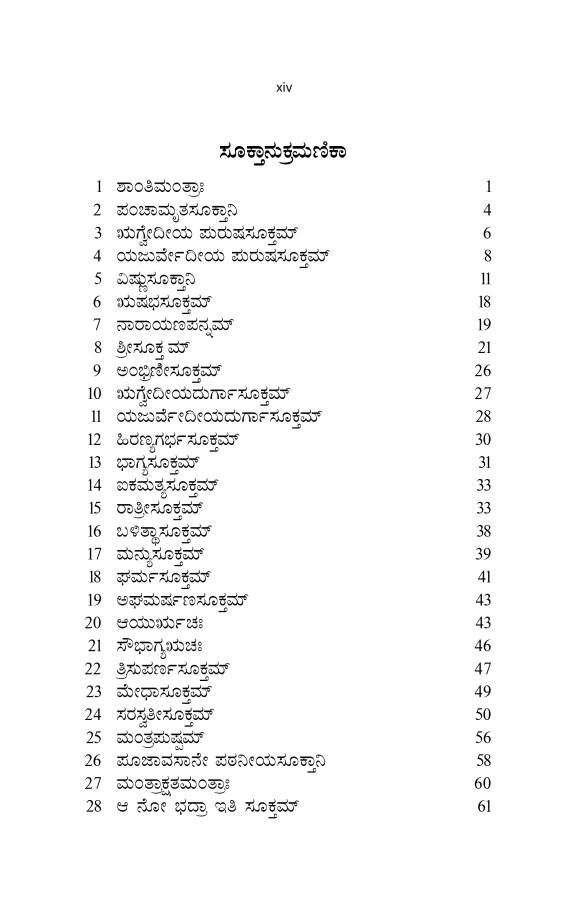


In the Turiya state – consciousness is existence the absolute existence and the absolute consciousness are identical, man and the cosmos become one and the same.

Esotericism and tantra techniques ( vajrayāna) are collected indepently.Ishta – Linga Pooja ( for more advanced Shiva-yoga practicants ) Their primary canon of literature is divided in two broad categories: The Kangyur, which consists of Buddha’s words, and the Tengyur, which includes commentaries from various sources. Tibetan Buddhism includes schools such as Nyingma, Kadampa, Kagyu and Gelug. The names of the 108 deities possbily originate from a Tantra included in the Kagyur which is named “the 108 names of Avalokiteshvara”, however it is not yet certain that this is the source for the Nepali descriptions. The second pair carries the rosary in the right and the lotus in the left”. The principal pair of hands is joined against the chest in forming the Añjali. “Ṣaḍakṇarī sits in the Vajraparyaṅka attitude. Ṣaḍakṣarī may hold the book and the lotus but should not have the jewel”.Ģ) Ṣaḍakṣarī (षडक्षरी) or Ṣaḍakṣarīlokeśvara refers to number 6 of the 108 forms of Avalokiteśvara found in the Machhandar Vahal (Kathmanu, Nepal). Another alternative is also prescribed in the Sādhanamālā for all the three deities, and the Sādhana adds: “'Sometimes in the Sādhana of Ṣaḍakṣarī Mahāvidyā, Lokeśvara holds also the lotus bearing the jewel and the book, Maṇidhara may hold the jewel and the lotus but should be without the book. 98) although mutilated, must represent this form of Ṣaḍakṣarī Mahāvidyā who can be readily recognised by the peculiar Āsana which is uncommon in Buddhist iconography. Her right hand remains empty, while the left holds the jewel.

When he appears in a group of two in the company of Sadaksari Mahavidya, the goddess may have another form depicting her in Vīrāsana with yellow colour and two hands. To the left is Ṣaḍakṣarī-Mahāvidyā with identical form sitting on another lotus”. To his right is Maṇidharā, with the same colour and the same hands, sitting on another lotus. The other two hands are joined in forming the mudrā of clasped hand against the chest. “The worshipper should think himself as Lokeśvara who is decked in all sorts of ornaments, white in colour, and four-armed, carrying the lotus in the left hand and the rosary in the right. The Dhyāna (meditation instructions) of Ṣaḍakṣarī is described in the Sādhanamālā as follows: Shadakshari in Tibetan Buddhism glossary Source: : The Indian Buddhist Iconographyġ) Ṣaḍakṣarī (षडक्षरी) or Ṣaḍakṣarīlokeśvara refers to one of the various forms of Avalokiteśvara having their Sādhana described in the 5th-century Sādhanamālā (a collection of sādhana texts that contain detailed instructions for rituals).-His Colour is white his Mudrā is the añjali his Symbols are the rosary and the lotus his Companions are Maṇidhara and Ṣaḍakṣarīmahāvidyā he has four arms.


 0 kommentar(er)
0 kommentar(er)
